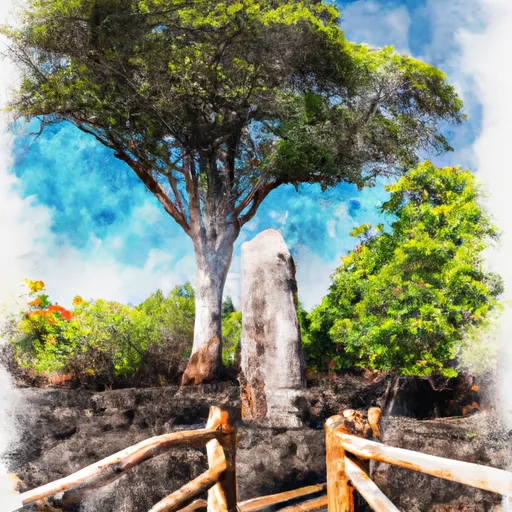Summary
It experiences a tropical rainforest climate, characterized by warm temperatures and high humidity throughout the year. The average temperature ranges from 65 to 85 degrees Fahrenheit, providing pleasant conditions for outdoor activities.
Hydrologically, Keaau is influenced by the nearby active volcano, Kilauea. The area receives significant rainfall, with an annual average of 126 inches. This abundant precipitation contributes to the lush greenery and vibrant flora found in the region. The area's hydrology is also influenced by its proximity to the Pacific Ocean, offering beautiful coastal landscapes and diverse marine life.
Keaau offers numerous outdoor recreation opportunities for nature enthusiasts. Nearby attractions include the Puna Coast Trail, where visitors can explore rugged lava cliffs and enjoy scenic ocean views. The Lava Tree State Monument is another popular destination, featuring unique lava molds of trees. For water activities, the nearby Wailuku River State Park offers the stunning Rainbow Falls and opportunities for kayaking and swimming.
In conclusion, Keaau, Hawaii, boasts a tropical rainforest climate, abundant rainfall, and diverse hydrology constituents. These natural features provide a picturesque backdrop for a range of outdoor activities, making Keaau an ideal destination for nature lovers.
Weather Forecast
Keaau receives approximately mm of rain per year, with humidity levels near 81% and air temperatures averaging around °C. Keaau has a plant hardyness factor of , meaning plants and agriculture in this region thrive during a short period during spring and early summer. Most plants will die off during the colder winter months.

 Wailoa River State Park
Wailoa River State Park
 Kaumana Caves
Kaumana Caves
 Wailuku River State Park
Wailuku River State Park
 Lava Tree State Monument
Lava Tree State Monument